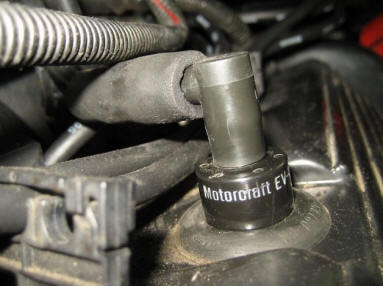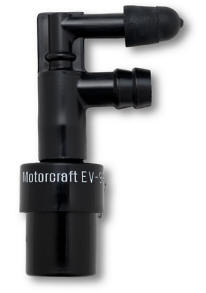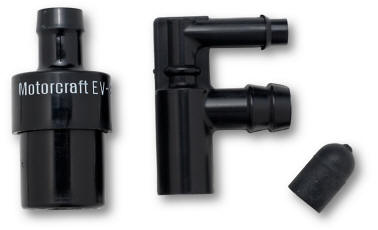Every engine produces some blow-by, especially on cold starts. Giving a proper place for all of that blow-by pressure to go will keep your seals intact and allow for correct operation of your Mustang.
Contents
- Mustang PCV Valve – Key Facts
- Where is a Mustang’s PCV Valve Located on the Engine?
- What Does a PCV Valve do for My Mustang?
- Do I Need a Catch Can for My PCV Line?
- How does a Mustang’s PCV Valve Work?
- What is Blow By, and Do I Have It?
- When Should I Replace My Mustang’s PCV Valve?
- Why are Some PCV Valves Heated? Do I Have One?
Shop Valves & Sensors
Keeping your Mustang running at peak performance means properly maintaining your car. To do so, you'll occasionally need to clean and change old and wearing valves and electrical sensors.




